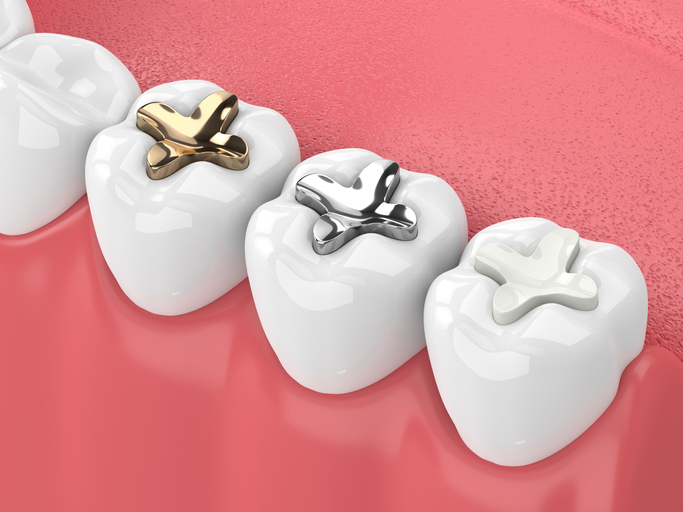
After standard checkups, fillings are the most common reason for dental visits. Despite the fact that many people have had at least one filling, most know very little about the procedure. If you’re an aspiring dental assistant, your ability to engage patients and perhaps teach them something interesting about their health may contribute to their satisfaction and improve their overall experience. Why not learn some fun facts about one of the most common dental procedures? Here are five interesting tidbits you might like.
1. Dental Fillings Are Likely The Oldest Form of Dentistry
Over a century ago, a 6500-year-old tooth was found in Italy. It told the story of an ancient man who had a vertical crack in the hard enamel and soft dentin layers, which were sealed with beeswax. It was previously thought that fillings had only been around for a century or two, but archaeological records reveal a different story. Surely the history buffs among your future patients will appreciate hearing that interesting fact!

2. Remind Patients Fillings Don’t Last Forever During Your Dental Assistant Career
Most patients believe that they don’t have to worry about their fillings ever again once they’ve gotten them done, when in fact, fillings don’t actually last forever. On average, fillings last between 7 and 45 years. This will vary depending on several factors, including the quality of the filling, the size of the filling, a patient’s oral hygiene, and what material was used. Throughout your dental assistant career, it will be helpful for you to remind patients to keep following up to have their fillings checked when it comes to maintaining their dental health in the long term.
3. Not All Cavities Require Fillings
Not all cavities are made equal. Some cavities are so small that regular oral hygiene is enough to keep their effects at bay. Other times cavities are so large or are left so long that the tooth’s structure is compromised and cannot be held together by a filling. In these cases, they require a root canal, where the surrounding nerve tissue and hard tissue of a tooth are removed and sealed. A dental crown is also needed in this case, which is a tooth restoration designed to look just like a natural tooth and protect the area.

4. Fillings Are Made of Different Types of Materials
Though fillings are most commonly made from silver (amalgam fillings) due to its durability, they can be made from several different materials, including composite resin, glass ionomer fillings for smaller cavities, ceramic fillings (which are great at mimicking the look of natural teeth and resisting decay), and resin ionomer fillings, which are often used for babies or non-chewing teeth.
5. Tooth Decay Can Continue Under Dental Fillings
Even patients who stay on top of their cavities can develop tooth decay under their fillings. Tooth fillings are susceptible to damage through wear and tear from biting or grinding pressure. They can also crack or break, which is one of the reasons why so many people choose durable silver fillings. Because of damage to fillings, bacteria from the mouth can get into the tooth and cause another cavity underneath the filling.
Have these facts been intriguing to you? If so, you’ll love to learn more about the dental procedures that keep patients healthy in dental assistant college. Taking X-rays, polishing teeth, and making temporary restorations are just a few skills you can expect to develop at Discovery Community College.
Ready to enroll in dental assistant training?
Contact Discovery Community College for more information!

